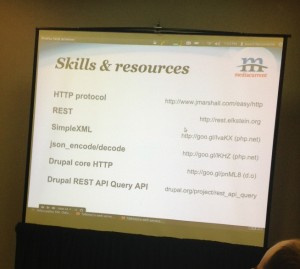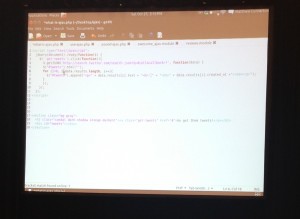Everybody has this idea that Twitter is easy. With a little architectural hand waving we have a scalable Twitter, just that simple. Well, it’s not that simple as Raffi Krikorian, VP of Engineering at Twitter, describes in his superb and very detailed presentation on Timelines at Scale.
If you want to know how Twitter works – then start here.It happened gradually so you may have missed it, but Twitter has grown up. It started as a struggling three-tierish Ruby on Rails website to become a beautifully service driven core that we actually go to now to see if other services are down. Quite a change.
Read the article for a good summary of how Twitter runs. As noted, it isn’t all that easy anymore. The entire 38 minute talk is worth listening to, especially for anyone with an interest in designing next generation web apps.
One of the key points in the talk is that Twitter isn’t really a web site, it’s really an API with a web application built on top. The work is in getting the API to run as fast and as effectively as possible. The tech used to accomplish this is interesting because it isn’t just a bunch of database tables, and it is the future of the interactive web.


